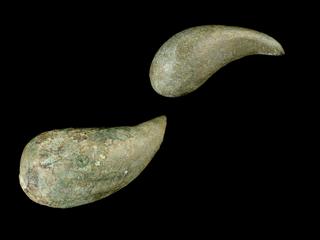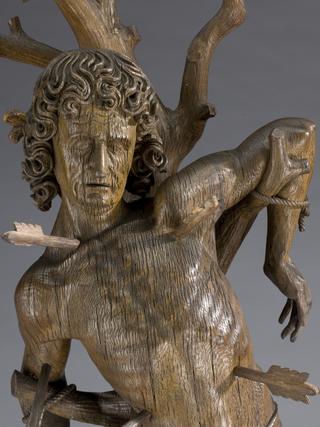
Falcon-headed canopic jar
- Made:
- 2000-100 in Ancient Egypt








Limestone falcon headed canopic jar, Egyptian, 2000BC - 100AD
Canopic jars held the internal organs of the dead.
During the preparation for mummification, the brains were removed through the nostrils, and then an incision was made in the side of the body and all the major organs removed and placed in canopic jars. Four organs would be removed each time and four jars used to protect them.
The falcon is associated with the god Horus.
Details
- Category:
- Classical & Medieval Medicine
- Collection:
- Sir Henry Wellcome's Museum Collection
- Object Number:
- A635053
- Materials:
- limestone
- Measurements:
-
overall: 310 mm 125 mm,
- type:
- canopic jar
- credit:
- Loan, Wellcome Trust




